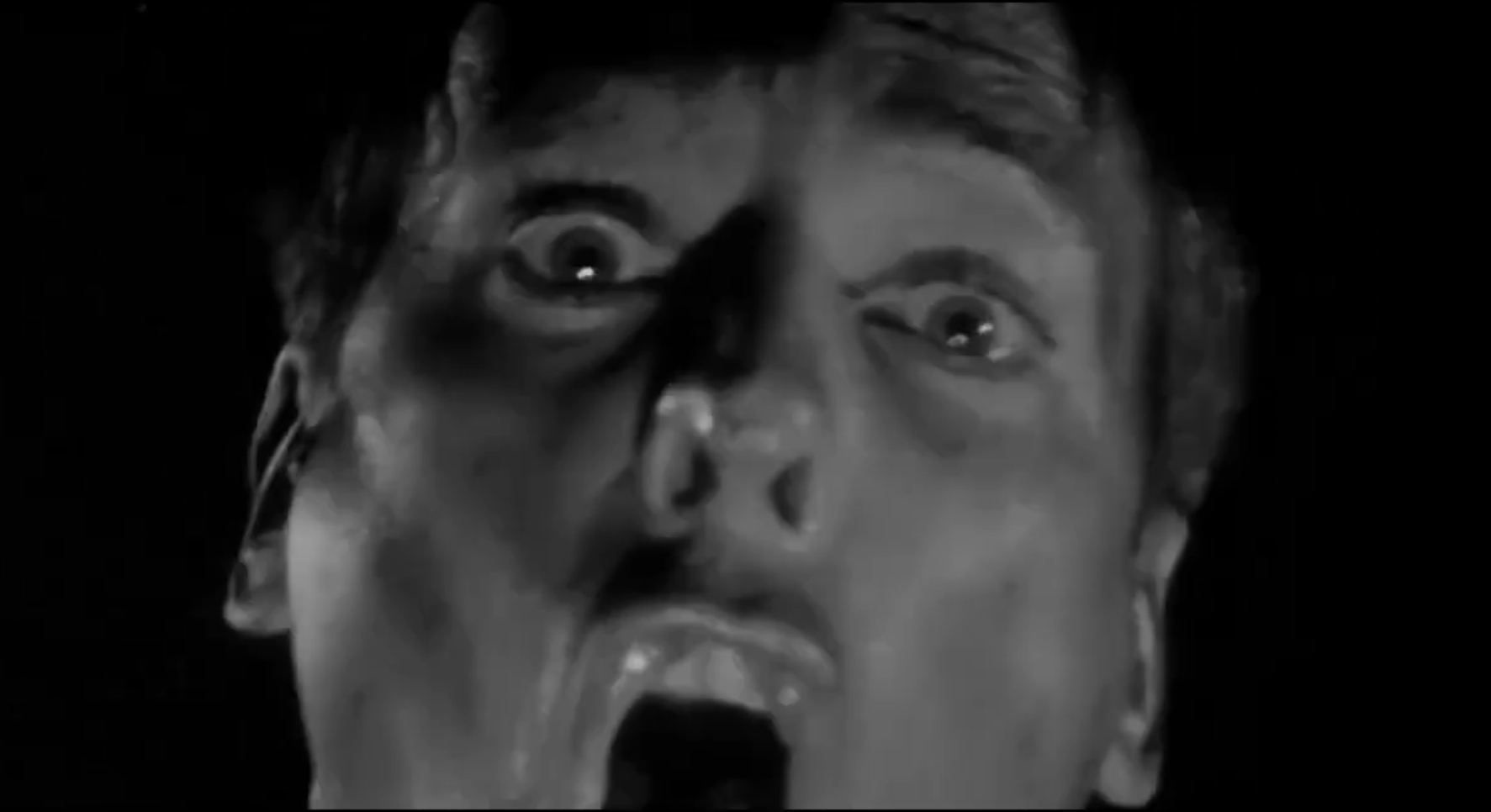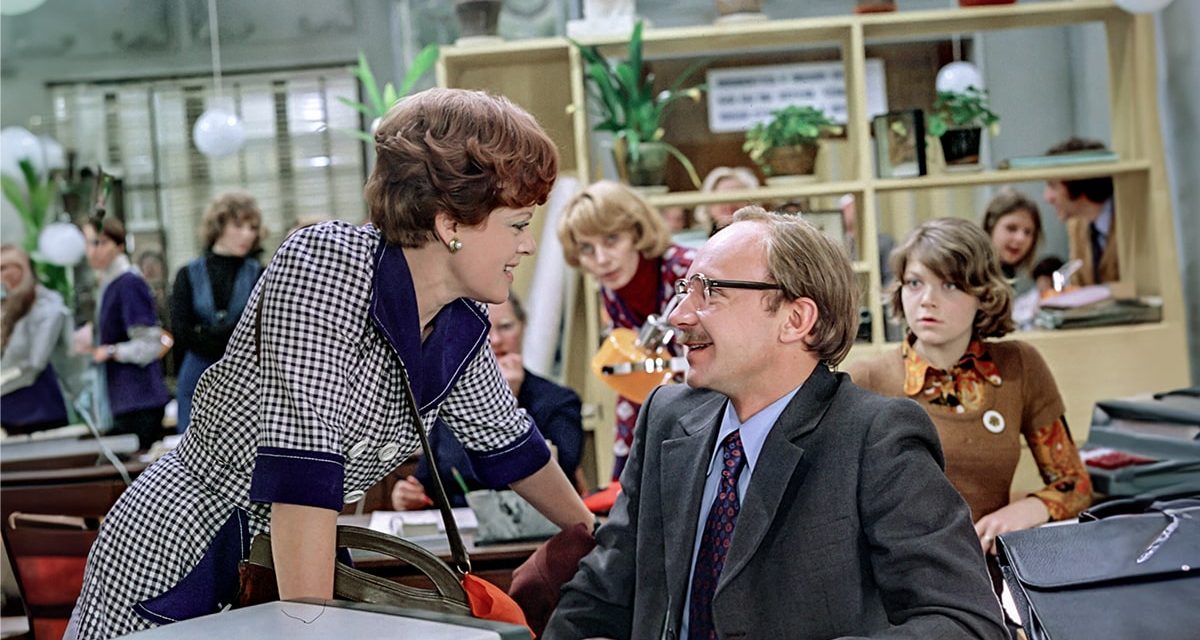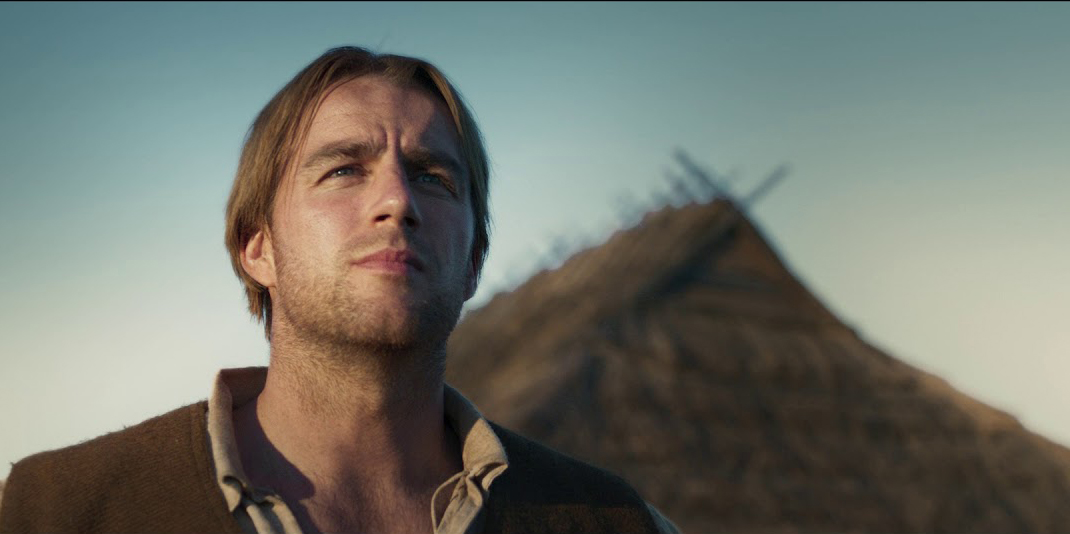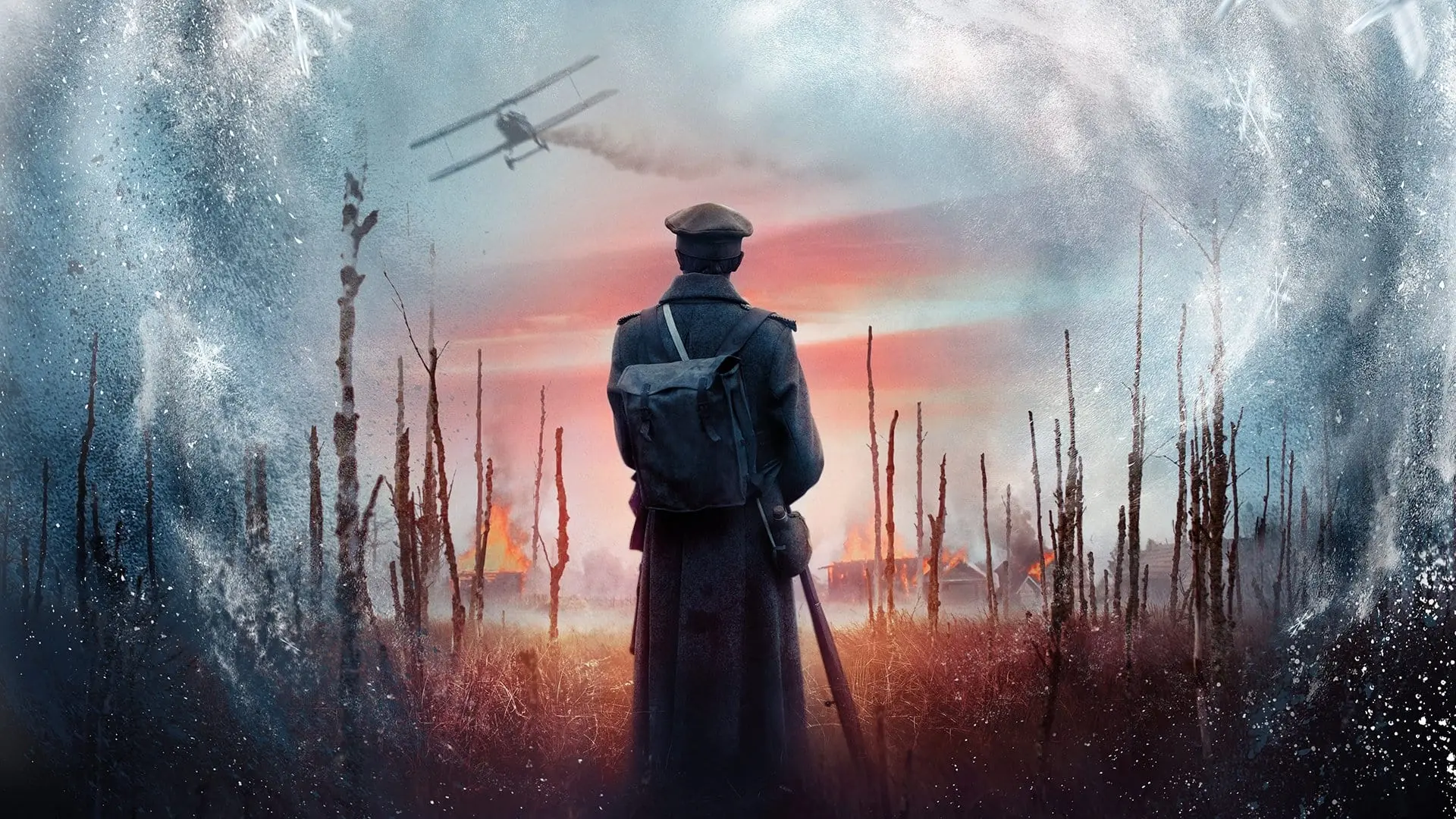The following films draw deeply from Estonian history and culture. The majority of these were both popular upon their release and are nuanced in their presentation of various eras of often difficult Estonian life.
Below are seven modern films that are well known to Estonians and often cited as exemplary of their film industry. All of them also have something to say about what it means to be Estonian. They speak to the shared history, values, and experiences of the Estonian people.
Truth and Justice (2019)
Estonian: Tōde ja Ōigus
Set in rural 19th century Estonia, this 2019 film is an adaptation of the first book of A.H. Tammsaare’s Truth and Justice pentalogy. Written in the early 20th century, the cycle is Estonia’s major literary epic, tracing Estonia’s transformation from a borderland of the Russian Empire to national independence. The film follows the life of Andres, who moves to a new farm with his wife to start a family. His path to happiness is interrupted by his quarrelsome neighbor, his relationship with God, the boggy earth, and his children’s ambitions. Although viewers don’t need to have prior knowledge of Estonia to appreciate the film, those with awareness of Estonian culture will recognize familiar concepts such as the centrality of song and the uneasy relationship with Christianity. The film drew the largest audience for any Estonian film since independence, speaking to the popularity of both Tammsaare’s legacy and the quality of the film. It made the shortlist for the 92nd Academy Awards.
The Last Relic (1969)
Estonian: Viimne reliikvia
A Soviet-era Estonian production, this 1969 adventure film is a cult classic in Estonia and pulls loose inspiration from Eduard Bornhöhe’s 19th century historical novella Prince Gabriel or The Last Days of Pirita Monastery. The film is set against the backdrop of the 16th century Livonian War, which involved Estonia. It follows the lives of Risbiter, the new owner of a holy relic from his deceased father, Agnes, his beloved and an abbess’s niece, and Gabriel, a “free man” who falls in love with Agnes. Humorous, with a rousing soundtrack, themes of fighting for justice, and quotable dialogue, The Last Relic set the USSR’s box office record at the time; over 770,000 tickets were sold in the Estonian SSR alone (compared to a population of 1.3 million). The film went on to be released in over 60 countries. Several well-known Estonian landmarks are featured in the film, including St. Nicholas’s Church in Tallinn, the fortress in Kuressaare, and the nature reserve Taevaskoja.
Names in Marble (2002)
Estonian: Nimed marmortahvlil
The 2002 film Names in Marble, adapted from the novel of the same name, portrays Estonia’s 1918–1920 War of Independence. Rather than blindly patriotic, it explores the deep divisions within families and communities during the conflict; the young Henn Ahas joins the Estonian government while his brother sides with the Bolsheviks. The film captures the brutal coming-of-age of young men fighting to free Estonia from Baltic German dominance and Russian rule. Featuring Estonian, Russian, Finnish, and German dialogue, it reflects the war’s multi-ethnic complexity. Despite sometimes lacklustre acting, its nuanced depiction of independence contrasts sharply with more nationalistic films elsewhere, and speaks to Estonia’s conception of what freedom means.
The Little Comrade (2018)
Estonian: Seltsimees laps
This historical drama is based on two semi-autobiographical novels by beloved Estonian author, poet, songwriter, and translator Leelo Tungal, Comrade Kid and Grown Ups (Selsimees laps ja suured inimesed) and Velvet and Sawdust or Comrade Child and Letters (Samet ja saepuru ehk Seltsimees laps ja kirjatähed). Set in 1950, the 2018 film draws from Tungal’s childhood under Soviet rule. After witnessing her mother’s arrest and deportation, young Leelo vows to “be a good girl” so her mother can return. We then see how a child tries to navigate the everyday banality of Stalinist oppression and discern the meaning of “good” in a society where the definition varies based on who is watching. Driven by a beautiful performance by young actress Helena Maria Reisner as Leelo, the film is both a coming-of-age story and a reflection on the nature of evil.
The Fencer (2017)
Estonian: Vehkleja
An Estonian, Finnish, and German co-production, The Fencer is based on the true-life story of Endel Nelis, an Estonian fencer and coach, who moved to the Estonian town of Haapsalu in the early 1950s to become a teacher. The drama follows Nelis as he reluctantly transforms into a role model and fencing teacher for the school’s young students. He navigates accusations of fencing being “too bourgeois” for their small Estonian school and hides from Leningrad authorities because of a secret in his past. The film explores what it means to express oneself in times of oppression and examines periphery-metropole relations between Estonia and the Soviet Union’s “core” – Leningrad and Moscow. While sentimental at times, the film movingly demonstrates the impact a single individual can have when they decide to do what’s right, not what’s easy. Although the film deviates from the historical details of Nelis’s life significantly, his real-life fencing club exists to this day in Haapsalu and his fencing legacy is continued by his descendants.
The Singing Revolution (2008)
Estonian: Laulev revolutsioon
Song has always played a central role in Estonian culture and identity. This documentary provides a poignant look into the political role that song played in 20th-century Estonia, culminating in the nonviolent Singing Revolution of 1987-91 that won Estonia independence from the USSR. Made by two American filmmakers in 2008, it also tells the story of Estonia’s Song and Dance Festival, an important national event that draws tens of thousands of spectators that helped spark the revolution. Despite being a documentary, the tense nature of the events portrayed can make the film feel like a political thriller. Many of the revolution’s leaders and participants are featured in interviews, providing direct insight into the thoughts and feelings they had as it unfolded. A phenomenal introduction to Estonian history and culture, the film is also the most successful documentary in Estonian cinematic history; when it premiered at Tallinn’s Black Nights Film Festival, it received a 15-minute standing ovation.
Rodeo: Taming a Wild Country (2018)
Estonian: Rodeo
The perfect follow-up to The Singing Revolution, the 2018 documentary, Rodeo, depicts the turmoil of the early 1990s, just after Estonia gained independence. It depicts the country’s first free election after Soviet rule and its 32-year old prime minister, Mart Laar, as he desperately sought to cobble together a working government, stabilize the economy, and detach Estonia from the ruble. Decisions by young politicians shape the course of Estonia’s development as they push for economic solutions while pressuring Russian troops to finally leave Estonian territory. The film explores the idealism of newfound freedom and the political realities of actually running a country while winning the trust of the Estonian people and world governments.
You’ll Also Love

You’re Next: The Cold War in American Horror Films
During the second half of the 20th century, Cold War anxiety and paranoia played out on America’s silver screens via the explosively popular horror genre. These films both reflected and shaped how Americans understood the perceived threats of a rapidly changing world. This paper examines five horror films—Them! (1954), Invasion of the Body Snatchers (1956), […]

Russian Language Horror Films
Although Russian folklore teems with fearsome spirits and creatures, horror has never taken root as a popular genre in Russian culture. In literature, the supernatural typically inflicts psychological rather than physical torment, and modern attempts at slasher horror in film have largely failed at the Russian box office. The most successful Russian horror films instead […]

The Best Soviet Films According to Soviet Citizens
In 1925, Sergei Eisenstein’s film Battleship Potemkin was released in the Soviet Union. At the time, it was regarded as one of the most important works in the history of cinema, and still often appears on lists of the world’s greatest films. However, only in 1958 did independent film ratings in the USSR appear, when […]

7 Films About Being Estonian
The following films draw deeply from Estonian history and culture. The majority of these were both popular upon their release and are nuanced in their presentation of various eras of often difficult Estonian life. Below are seven modern films that are well known to Estonians and often cited as exemplary of their film industry. All […]

7 Films About Being Latvian
Many of Latvia’s most successful modern films explore expressly Latvian themes, placing the unique cultural, historical, and social experiences of the Latvian people on screen. These films often explore topics such as Latvia’s difficult past of war and occupation, telling the stories of Latvia’s national heroes, or exploring the complexities of Latvia’s national identity. Below […]










